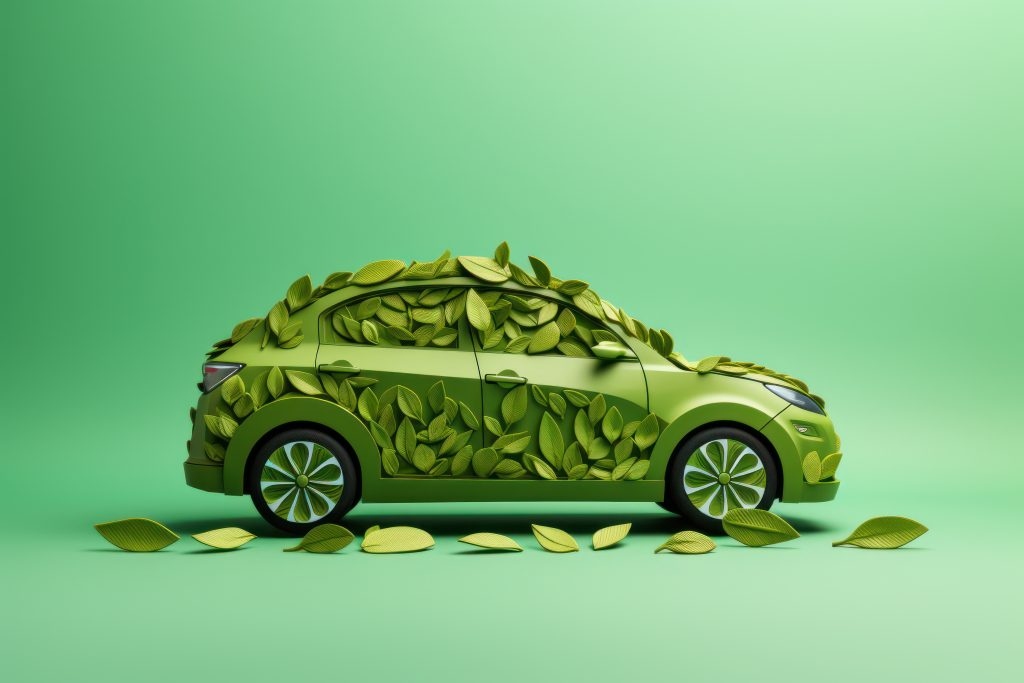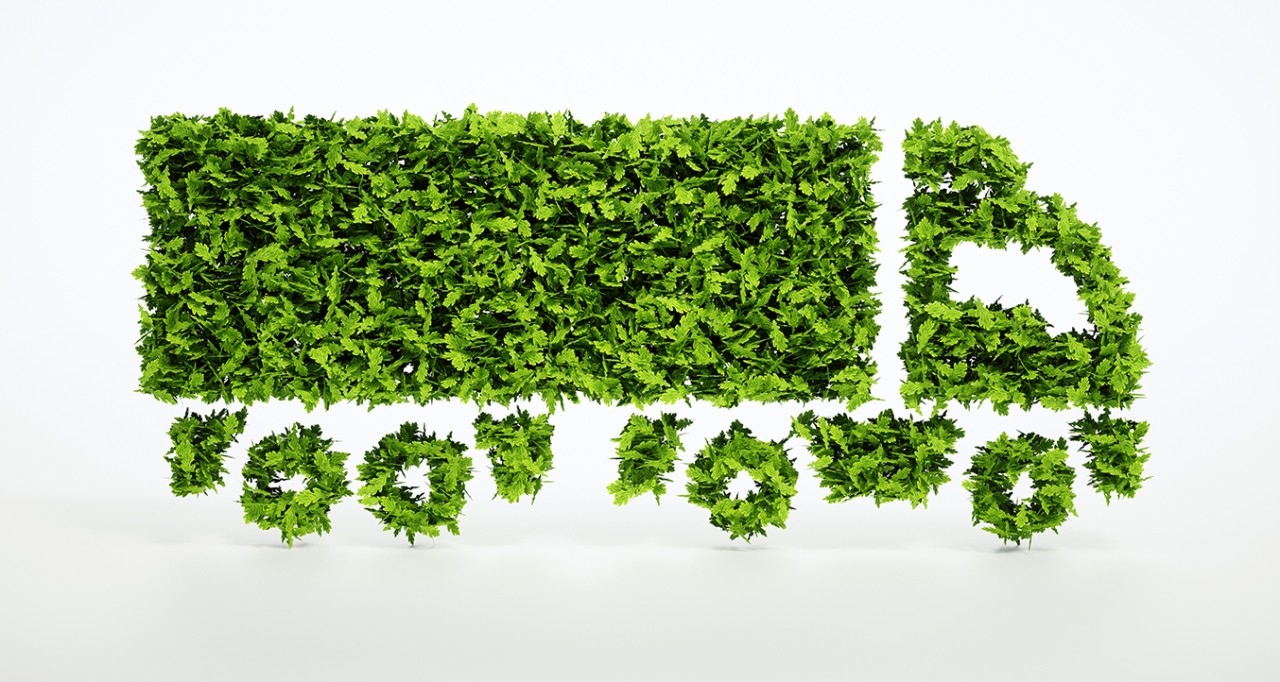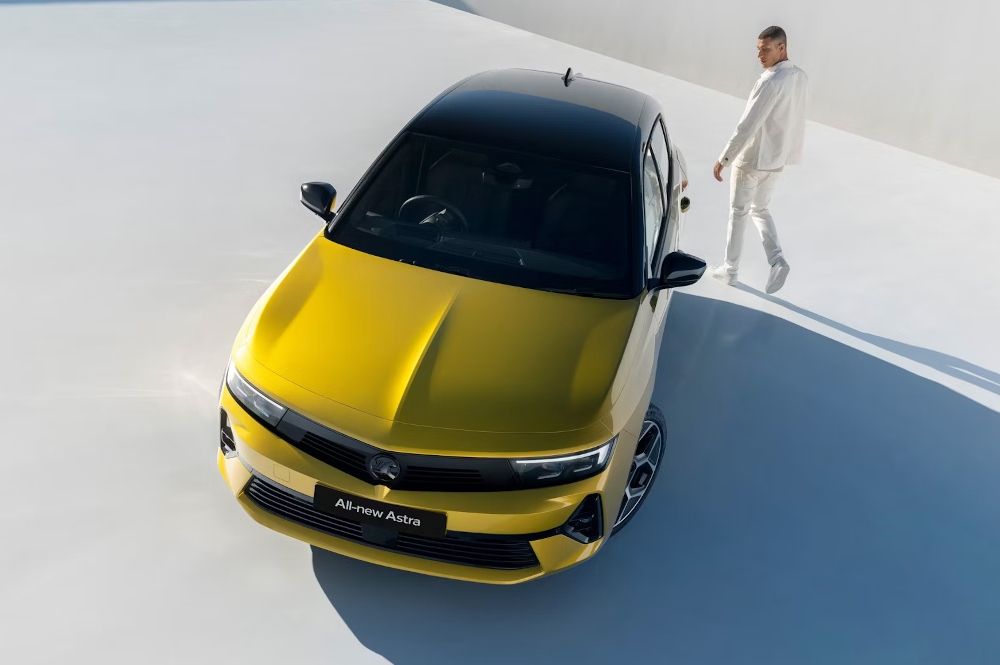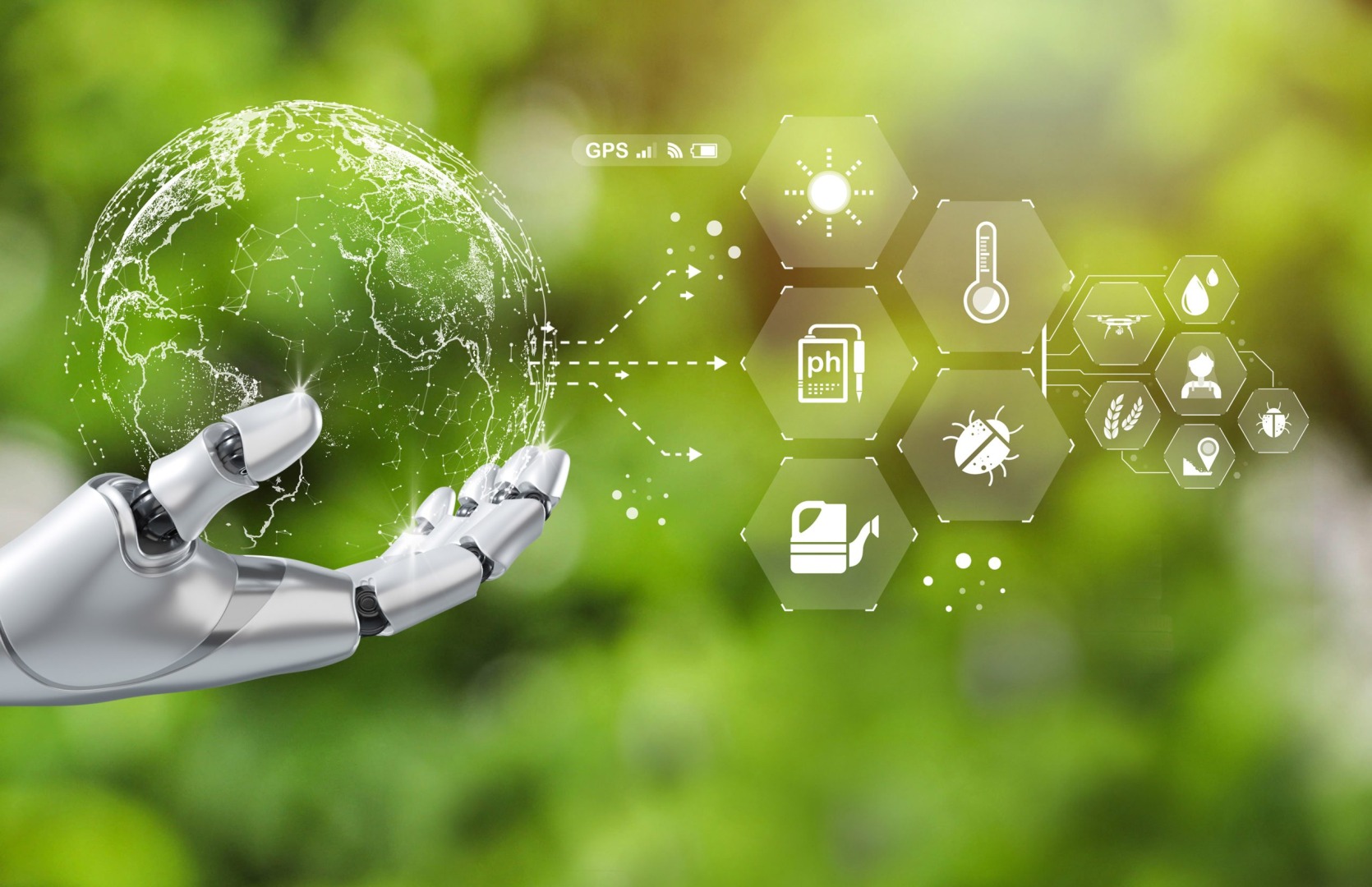
Innovative Technologies & Solutions to Combat Air Pollution
Air pollution is a major environmental and public health issue in 2024, especially in major cities.
Fortunately, there are a number of innovative technologies and solutions that are being implemented to combat air pollution and create cleaner air for all. This post will look at these technologies and the key role they are playing in reducing environmental impact and improving public health.
Electric & Hydrogen-Powered Cars
Of course, one of the biggest culprits for air pollution is automobiles. Electric and hydrogen-powered cars have surged in popularity in recent years as a way to reduce emissions, improve air quality, and even save money on petrol.
The government has ambitious plans to phase out the sale of new petrol and diesel cars by 2035, which they hope to achieve by incentivising motorists to make the switch. Additionally, developments in battery tech are helping to improve the range and performance of electric vehicles, making them a more appealing option for motorists. Hydrogen cars (producing only water vapour emissions) are less common, but there is an investment in refuelling infrastructure that will support the growth of this sector.
Smart Air Quality Monitoring Systems
Smart technology is transforming the way that air pollution is tracked and managed in the UK. Monitoring systems can provide real-time data on pollution levels, allowing for swift and effective responses to pollution events. These systems are being expanded across major UK cities and use advanced sensors and IoT tech to capture precise data that can inform regulatory measures and actions. If air pollution is particularly high one day, for example, vulnerable populations can be alerted, and traffic restrictions can be implemented to bring levels back down.
Air pollution solutions such as industrial gas cleaning and thermal systems can also be used to ensure that industrial sites achieve air emission targets and minimise environmental impact.
Green Infrastructure & Urban Planning
Green infrastructure and urban planning are key elements in reducing air pollution and building towards a greener future. This can include steps like green roofs, urban forests, and adding new parks to urban environments to produce cleaner air while enhancing the visual appeal of cities and towns.
The Royal Horticultural Society has been a strong advocate for green infrastructure projects in the UK, with initiatives like planting more trees and creating green walls in urban areas. Measures like these are proven to reduce pollutants like nitrogen dioxide and particulate matter, which will benefit the environment and create cleaner air for residents. Urban planning also involves promoting the use of public transport to reduce emissions.
The above are the main technologies and solutions that are being implemented to tackle the air pollution issue in the UK. These are all highly effective solutions, especially when combined together, but it is clear that there is still a lot more that needs to be done to reduce air pollution, particularly in major cities like London.
Trending
-
1 How IoT is Revolutionizing Sustainability: A Brighter Future Beckons
Susanna Koelblin -
2 How The Water Treatment And Desalination Will Change The Environment For The Better
Daniel Hall -
3 How Intermediate Bulk Containers Enhance Environmental Sustainability
Daniel Hall -
4 Hybrid Cars and Their Key Benefits
Susanna Koelblin -
5 UK Faces Wettest July in Recent Memory
Daniel Hall





Comments